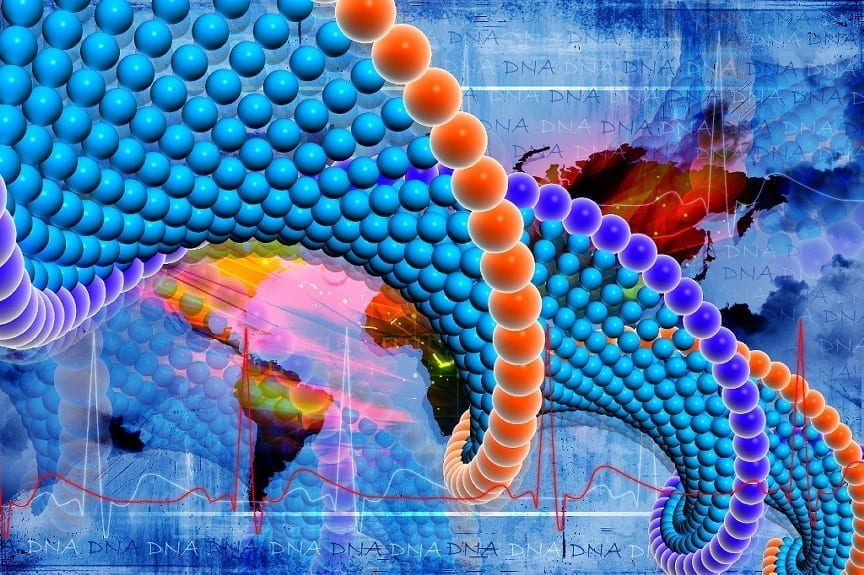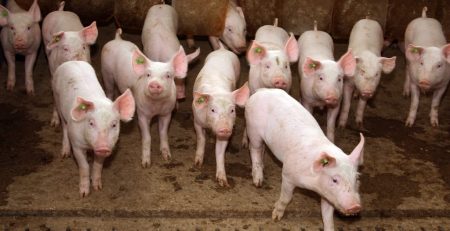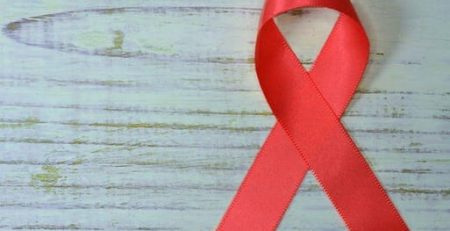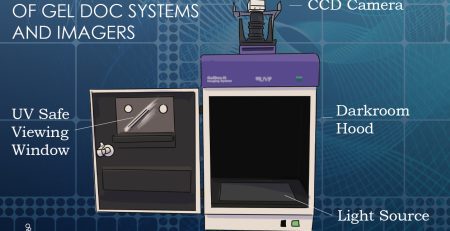Drag & Drop DNA Technique
Author Brian Gabriel’s book “Rush” discusses understanding the human genome and how it’ll add more solutions to cancer therapies. In this book there are three general stages where future cancer treatments will move forward in.
- Understanding which DNA gene mutation contribute to cancer
- Discovering the molecular pathways that gene mutations contribute to cancer
- Building targeted treatments for intervening in these pathways in order to treat cancer (most difficult stage)
Scientists and researchers have recently developed a technique called “Drag and Drop DNA” which allows scientists to print exact molecule by molecule and targeted anti-cancer compounds. Parabon, the company that’s selling the Drag and Drop DNA technology has built a compound which hopefully will cure a fatal form of brain cancer. Parabon ahs recently partnered up with Johnson & Johnson in hopes of creating more types of cancer therapies.
Drag and Drop DNA is built on a combination of DNA nanotechnologies and CAD, computer aided design. Drag and Drop entails designing a compound on CAD called inSequio. From there, scientists build small DNA fragments which are designed to spontaneously assemble into the desired compound.
In sum, researchers now have the ability to “rapidly, and precisely, specify the placement of every atom in a compound that we design” said co-founder Steven Armentrout.
DNA is the molecule that codes genetic information in our cells. DNA is composed of a backbone and a sequence of small units called base pairs. Base pairs exhibit an affinity for partner base pairs meaning that nucleotide ‘A’ will bind with ‘T,’ and ‘G’ will always bind with ‘C.’ Utilizing these unique binding properties, researchers are capable of synthesizing small fragments of DNA, and with the aid of powerful computers, selecting specific fragments that spontaneously assemble into a larger compound. In this way, small fragments of DNA are used as building blocks for the larger compound. (Interestingly, the DNA utilized in the “drag-and-drop DNA” technique does NOT serve any genetic purpose- it is only used as a building block.)
Scientist and researcher can quickly build compounds to test, manipulate and scale up to production volumes and within weeks, or possibly days. To that end, the Drag and Drop DNA technique could change the world of biotechnology and pharmaceutical drug development. Parabon has reportedly started using the DNA technique to create synthetic vaccines for biodefense, gene therapies, and even novel changes to nanotechnologies, such as nanosensors (i.e. detecting harmful substances such as explosives) and new computing strategies.














